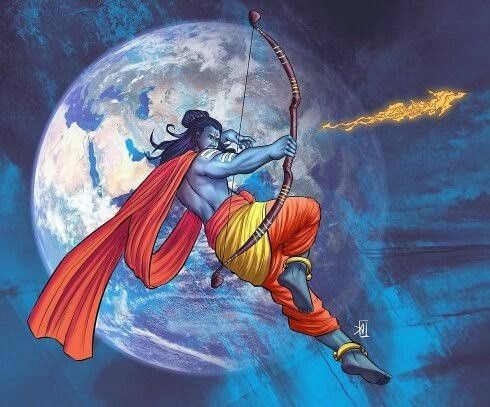The Ramayana, one of the most revered ancient Indian epics, holds a treasure trove of timeless wisdom and profound life lessons. It encompasses an epic narrative filled with heroic deeds, moral dilemmas, and intricate characters that continue to captivate generations. As educators, it is our responsibility to impart not just academic knowledge but also instill values that shape individuals into compassionate, virtuous beings. In this blog, we delve into the teachings of the Ramayana and explore how its profound values can be effectively taught to inspire and guide our students.
Upholding Dharma: At the heart of the Ramayana lies the concept of dharma, the righteous path and moral duty. The epic illustrates how Lord Rama, the embodiment of righteousness, adheres to his duty despite immense challenges. Teaching students about the importance of upholding dharma can foster a sense of integrity, responsibility, and ethical decision-making.
Respect and Devotion: The Ramayana teaches us the significance of respect and devotion towards elders, parents, and teachers. Through the character of Lord Rama, students learn the value of unwavering loyalty and reverence for authority figures. Encouraging students to emulate this virtue fosters a harmonious and respectful classroom environment.
Loyalty and Friendship: The bond between Lord Rama and his devoted friend, Hanuman, exemplifies unwavering loyalty and friendship. By teaching students about the selfless acts and sacrifices made by Hanuman, they learn the value of true friendship, loyalty, and the power of selflessness in building strong relationships.

Courage and Perseverance: The epic portrays numerous instances where characters display courage and perseverance in the face of adversity. Lord Rama's unwavering determination to rescue his wife, Sita, and the bravery demonstrated by Hanuman and his army during the battle against Ravana teach students the importance of resilience, courage, and not giving up in the face of challenges.
Humility and Forgiveness: The Ramayana emphasizes the virtues of humility and forgiveness through the character of Lord Rama. Despite being an incarnation of Lord Vishnu, Rama remains humble and forgives even his enemies. Teaching students about the power of forgiveness and the strength it brings to interpersonal relationships can cultivate empathy and compassion.
Gender Equality and Respect: The Ramayana presents strong female characters like Sita, who embodies courage, resilience, and unwavering devotion. Educators can use these characters to promote gender equality, break stereotypes, and emphasize the importance of respecting and treating everyone equally, irrespective of gender.
Importance of Family and Relationships: The Ramayana revolves around familial bonds and the intricacies of relationships. Teaching students about the love, loyalty, and duty displayed by characters such as Lord Rama, Sita, Lakshmana, and Bharata encourages them to value and nurture their own familial relationships.
Consequences of Actions: The epic highlights the consequences of one's actions through the characters of Ravana and Kaikeyi. By exploring these characters' choices and their ultimate outcomes, students gain an understanding of the significance of making wise decisions, considering the consequences, and taking responsibility for their actions.

Conclusion: The Ramayana provides a rich tapestry of values and life lessons that can greatly influence students' moral and ethical development. By incorporating the teachings of the Ramayana into our educational curriculum, we equip our students with not just academic knowledge but also with the virtues that will guide them to become compassionate, responsible, and virtuous individuals. Let us embrace this ancient epic as a timeless guide to inspire and nurture the next generation with its invaluable wisdom.


